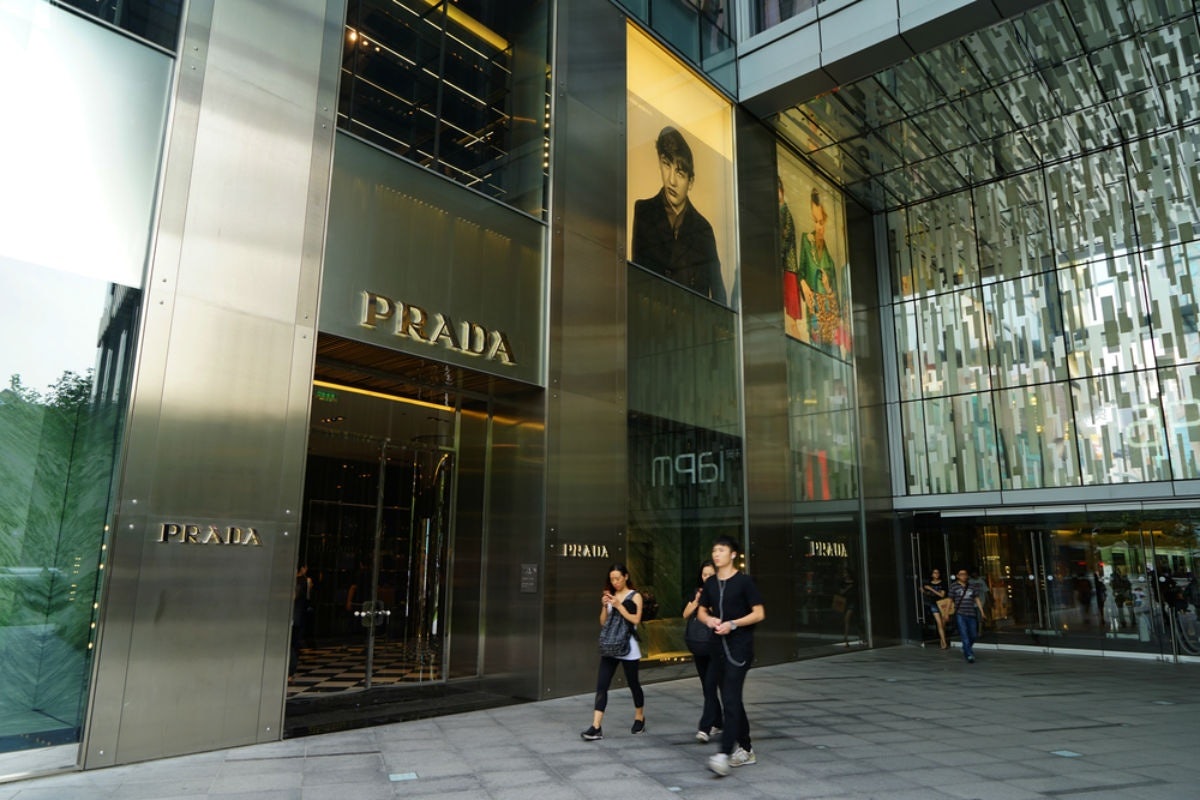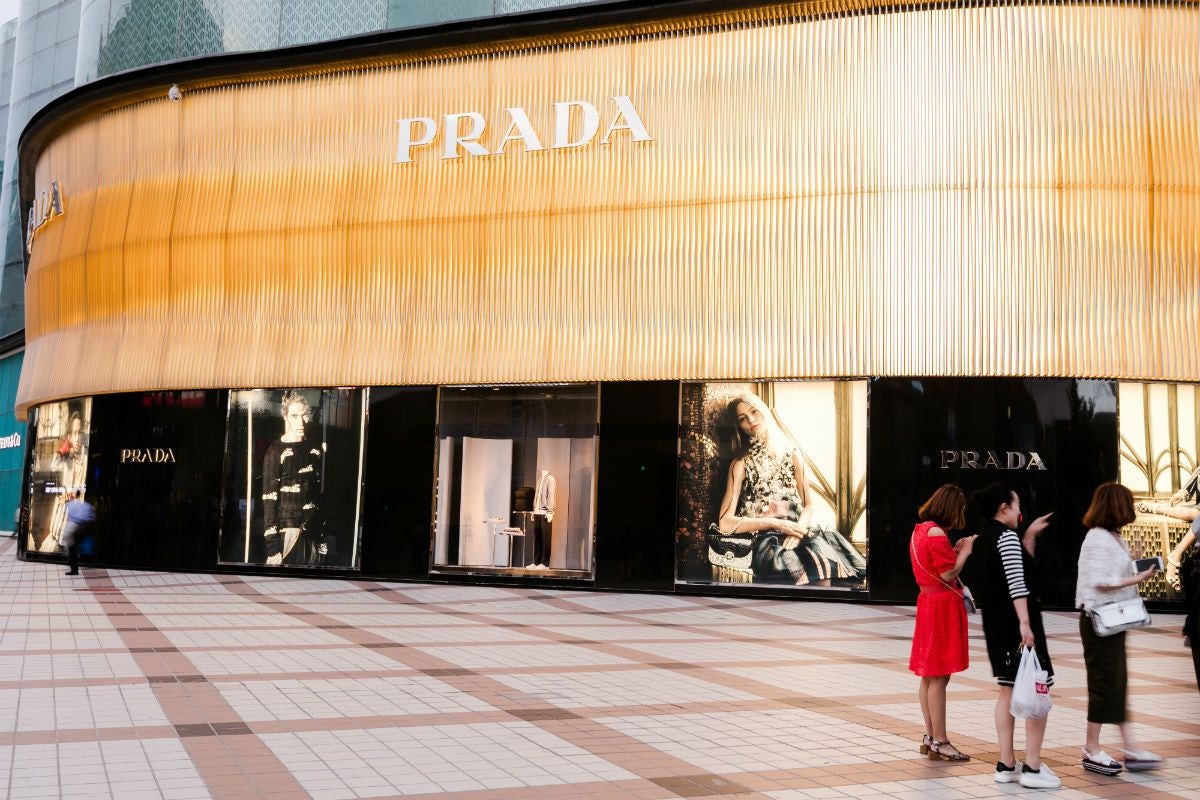Luxury brands in China have had to face down a slowing economy for some time, but a new report by Boston Consulting Group (BCG) and Alibaba Group's research segment, AliResearch sheds a more positive light on China's consumer economy. By 2021, Chinese consumers are expected to add US1.8 trillion in new consumption at a rate faster than that of any other country, according to the study.
BCG and AliResearch attribute this extra spending largely to China's upper middle class and wealthy shoppers and the spending habits of Chinese millennials, many of whom spend a great deal buying upgraded versions of goods they already own. About 54 percent of the growth before 2021 is expected to be driven by tier-1 and tier-2 cities, while 46 percent will be attributed to consumers in lower tier cities.
Millennials are key for the consumer economy, as they are expected to spend US2.6 trillion by 2021. This means a compound annual growth rate of 11 percent, and an overall growth contribution from millennial consumption of 69 percent.
When it comes to the types of purchases that will drive consumption, experiences and services are expected to contribute 51 percent, while physical goods are expected to make up 49 percent. The evolving omnichannel efforts from retailers are expected to play a big part in fueling consumption, with 56 percent of purchases expected to come from offline sources, and the remaining percentage coming from online retailers. Mobile use is a huge influence in e-commerce, with 85 percent of online purchases expected to come from mobile platforms.
On a more micro level, BCG and AliResearch identified five types of consumers in China's new era of expanding digital access, rising incomes, and a growing middle class. These include the “savvy shopper,” who are more “brand-aware” and “discerning” when it comes to goods from all over the globe; the single consumer who doesn't feel societal pressure to get married; the eco-conscious consumer; the “passionate trend seeker”; and the connected consumer.
“To put it bluntly, if you have not identified more segments in China than you pinpointed a year or so ago, you're almost certainly behind,” the report authors write, adding that brands may need to reevaluate their consumer profiles every one to two years to truly maximize engagement in China's quickly evolving consumer economy.


